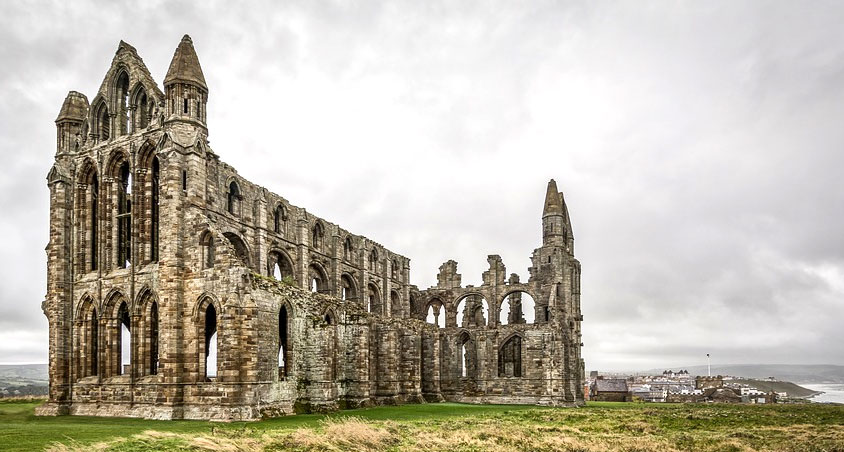Geological evidence suggests that Yorkshire was not a topographical or homogeneous natural area. Different areas of this British county developed over time according to the available natural resources and contrasting conditions. It manifested in the styles of architecture and the differences in economic developments.
This region of the United Kingdom was occupied for the first time around the 8th millennium, BC. Many of the dialect words and pronunciation styles of Yorkshire come from old Norse. This is primarily owing to the influence that the Vikings had in this region.
The pre-historic period
During the period up to the 1st century when the Romans arrived, this area had a different terrain. A land connection existed between what is now eastern England and Germany. This facilitated expeditions into the area by the groups of hunters.
Animals found in the area included those belonging to the Paleolithic groups, such as woolly rhinoceroses and mammoths. Human activity revolved around a hunter-gatherer lifestyle during this period.
The Roman era
Certain parts of the island of Great Britain was occupied by the Roman Empire during the 1st century. Yorkshire was a part of this empire between 71 AD and 410 AD. The advancing Romans built several roads and forts in the territories that they occupied.
Some of the areas remained independent, such as the Brigantian territory. The last ruler of the Brigantes, Queen Cartimandua, depended on the support of the Romans. It was owing to this support that she withstood the forces of Venutius, her estranged husband.
The rule of the Vikings
In the 8th century, the Viking era began in the kingdom of Northumbria with an attack on a monastery. The Vikings plundered and raided the Northumbrian coast, Orkney, Ireland, and the Western Isles. Although some of the minister churches survived these attacks, most of the monastic estates were lost.
Eventually, the Viking leaders converted to Christianity. Under the rule of the Danes, the ridings, wapentakes, and the Five Burghs were established. Most of the English population were permitted to retain their lands under the rule of the Scandinavian conquerors.
The Middle Ages
Following the death of King Eric I of Northumbria, the Anglo-Saxons and the English began ruling over the region. King Edward the Confessor was among the last Anglo-Saxon kings of England. After his death in 1066, Yorkshire witnessed major battles.
The English declared Harold Godwinson as their king. He was defeated at killed in the Battle of Hastings and William Duke of Normandy became the King of England. The Normans gained control over the entire country in the following years.
The Modern era
The dissolution of the monasteries happened between 1536 and 1540, under the rule of Henry VIII of England. It completely changed the Yorkshire landscape, as the properties were divided and sold mainly to the rich entrepreneurs. There was a steady increase in the population of Yorkshire under the rule of Queen Elizabeth.
The emerging industries became a source of employment and wealth. Food shortages were overcome with the help of improved methods of farming. Yorkshire was rapidly industrialized and urbanized in the 19th century. In 1974, Yorkshire was divided between several metropolitan and non-metropolitan counties under the Local Government Act 1972.


